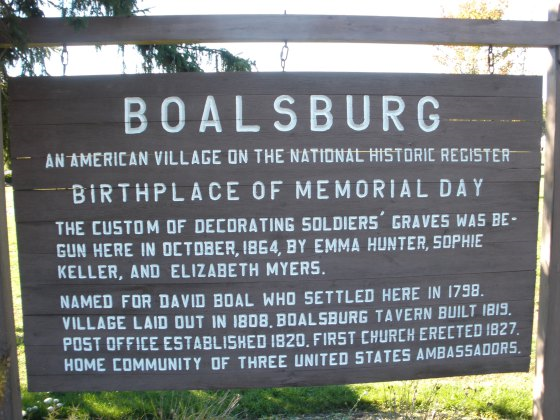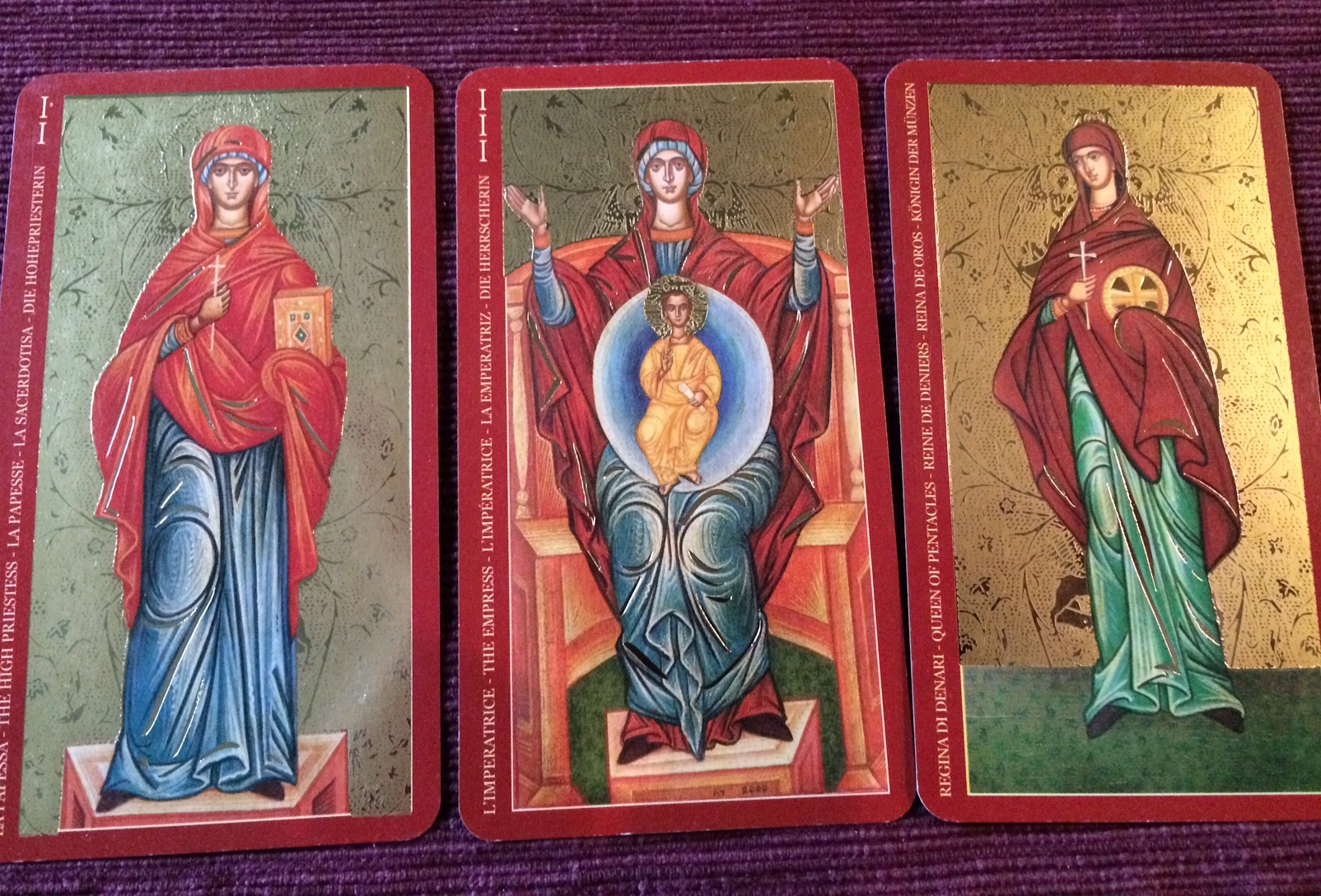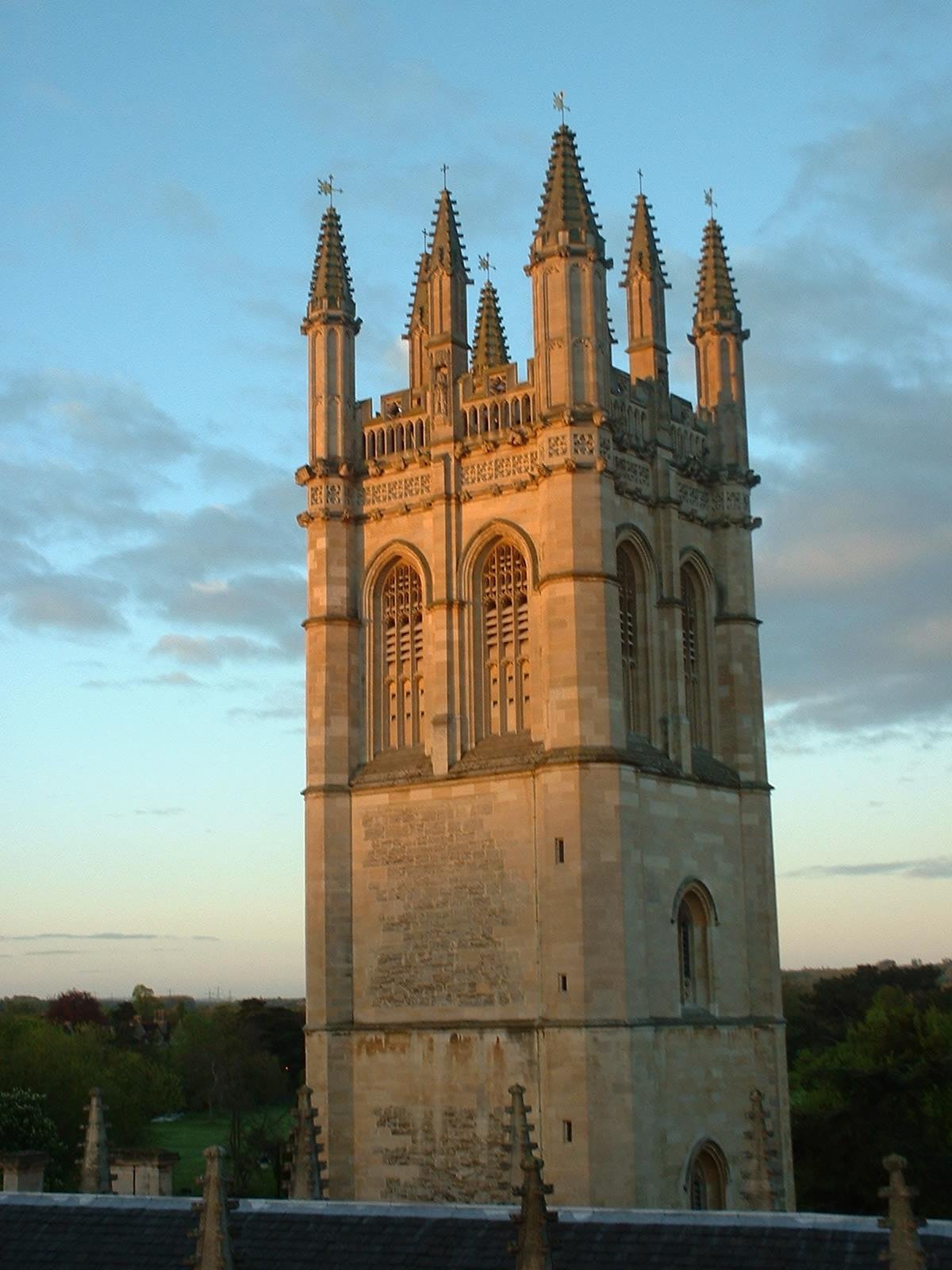
Originally called Decoration Day, the holiday was created to commemorate the roughly 625,000 Union and Confederate soldiers who died during the Civil War.
Memorial Day, the holiday which many in the US consider the beginning of summer, was originally known as “Decoration Day” and was the commemoration of those fallen in battle — at first, those who had fallen in the battles of the Civil War and then those who had fallen in any battle. People went to the burial grounds to decorate the graves of the fallen with flowers and banners. They might also have picnics, an American variation on the ancient “memorial meals” held in honor of the dead.
Decorating graves and meals to mark certain anniversaries of death were common in Greek, Roman, and Jewish, as well as early Christian, societies. One of the benefits of joining a burial society or club in classical Rome was that the club members were obligated to hold meals in honor and memory of the deceased. Sometimes food was left atop the grave for the departed, as well as shared among the living. It was these annual memorial meals at the gravesides of the dead that eventually became the annual saints days to mark the “birthday into heaven” of the dead.
Graves would be decorated not only to mark the burial site but to appease the dead as well, who might come back to harass their heirs for neglecting their graves. Flowers, a marker of life, were among the most common means of appeasing the dead although more substantial and permanent decorations — such as carvings, headstones, or statues — were used by the wealthy.
Nowadays often considered a scary or forbidding location, graveyards and cemeteries were common places for communities to gather. Over the centuries, many rules developed to curtail dancing, markets, drinking, and parties among the graves which only means that people kept dancing and drinking and holding markets or parties among the dead. No one makes rules against things that don’t happen, after all.
This year, how many Americans will mark the unofficial beginning of summer by visiting a graveyard?


